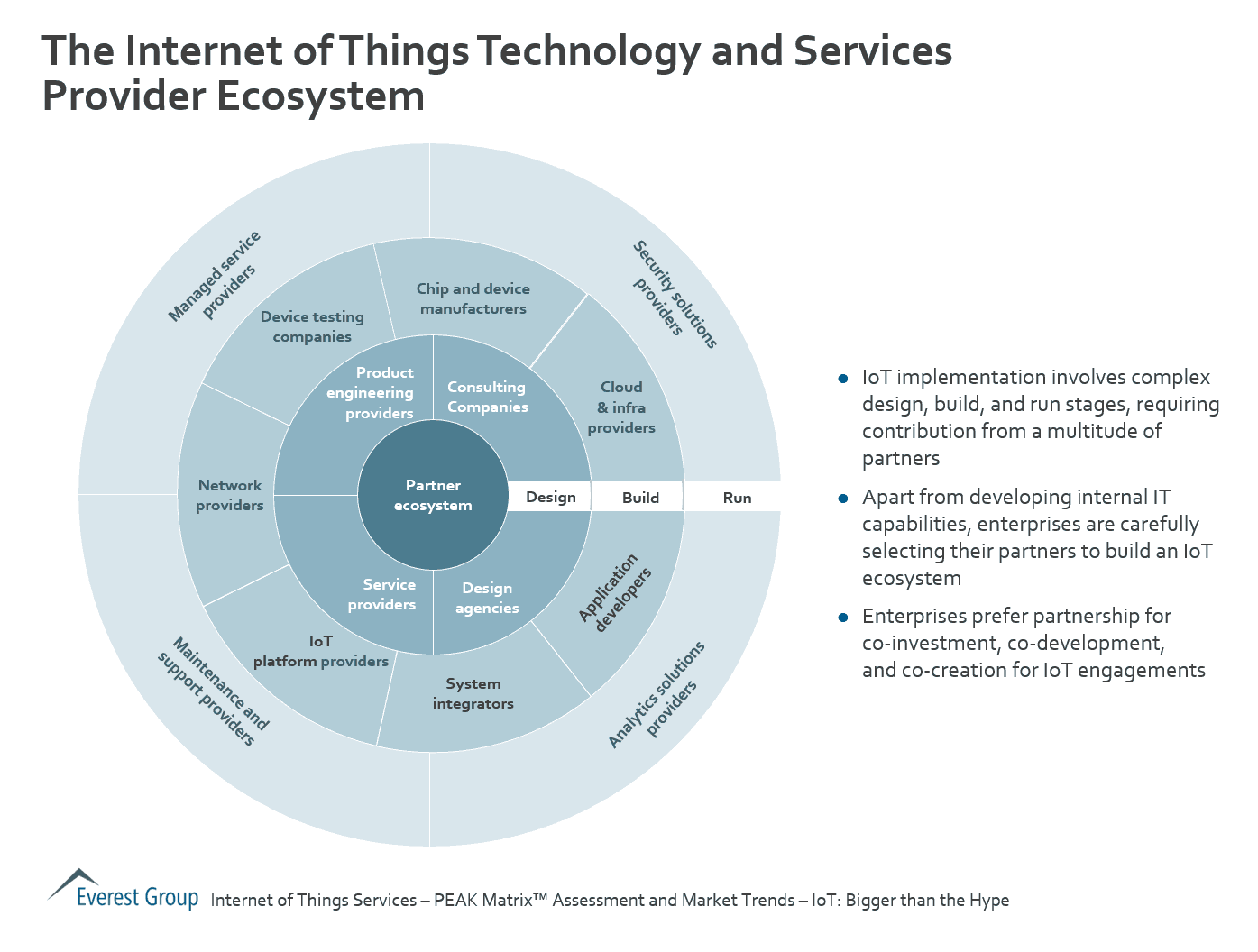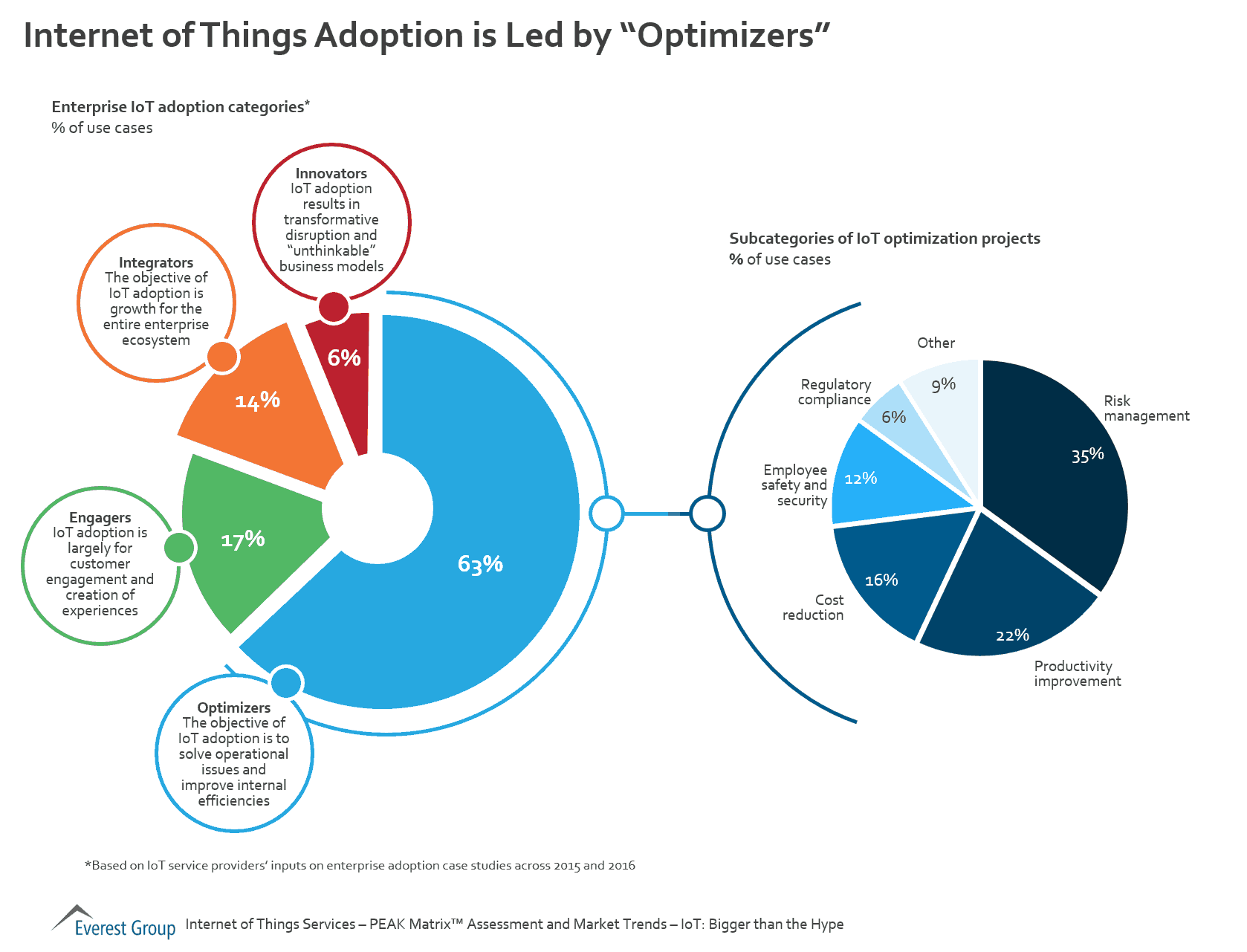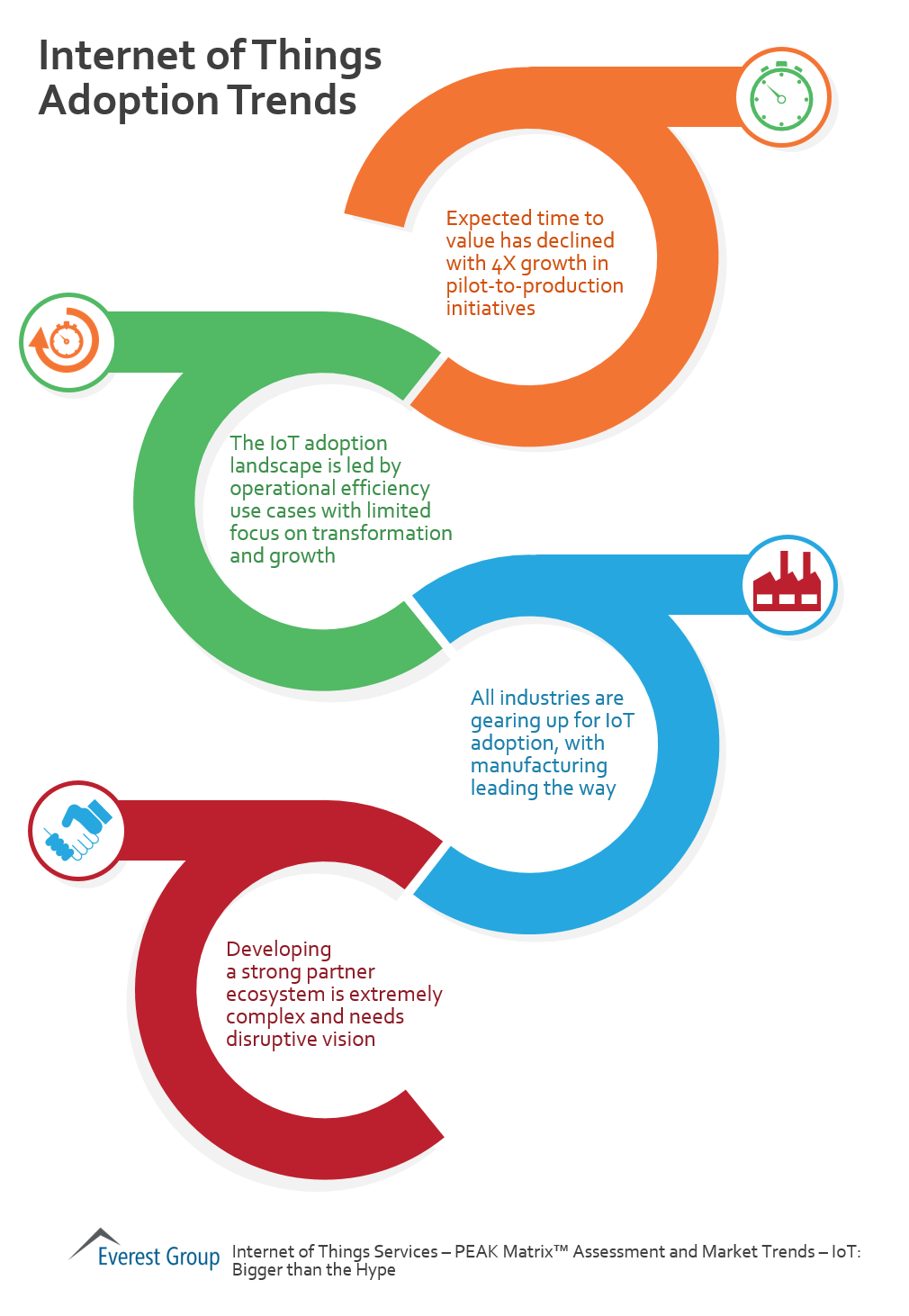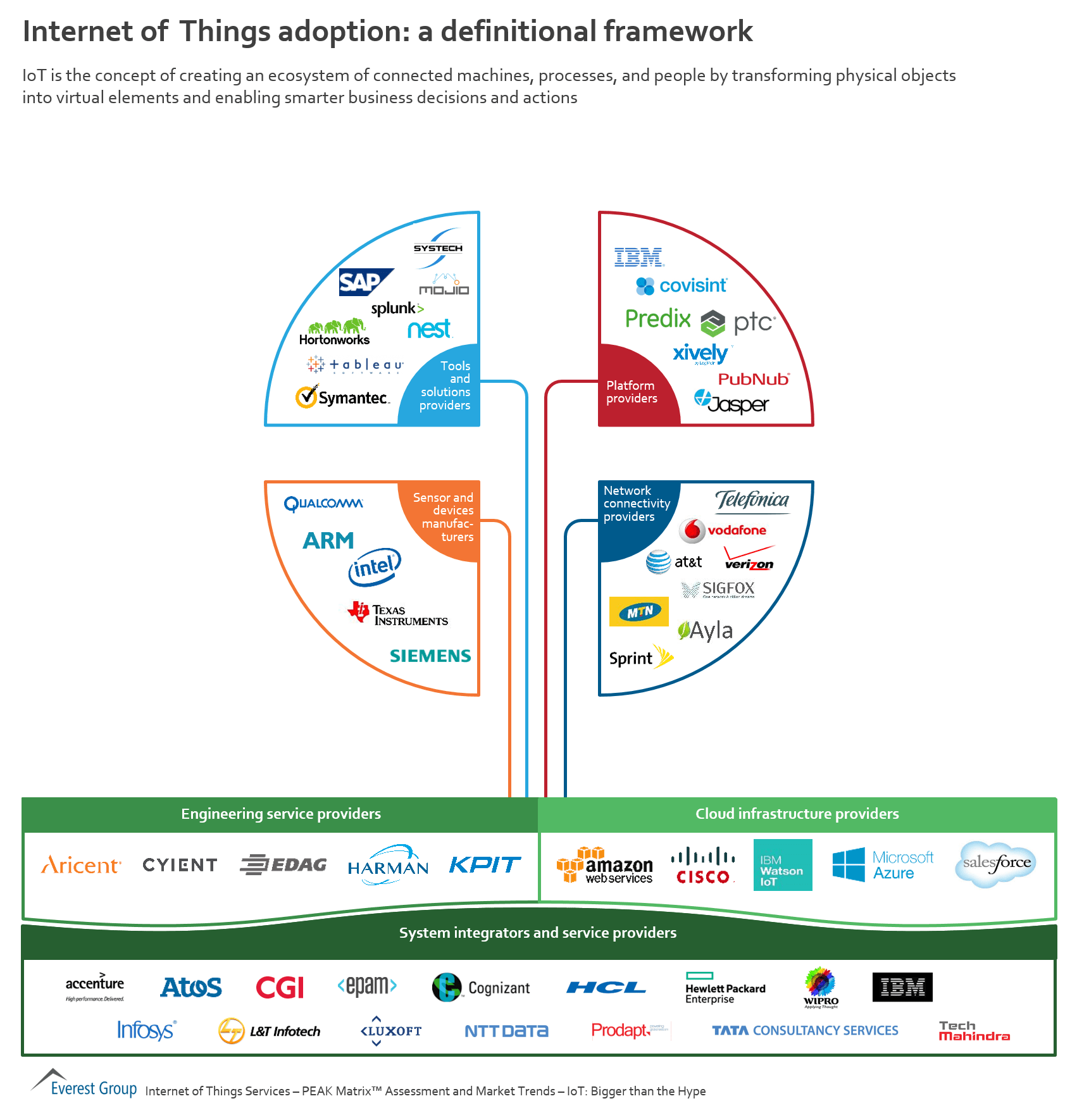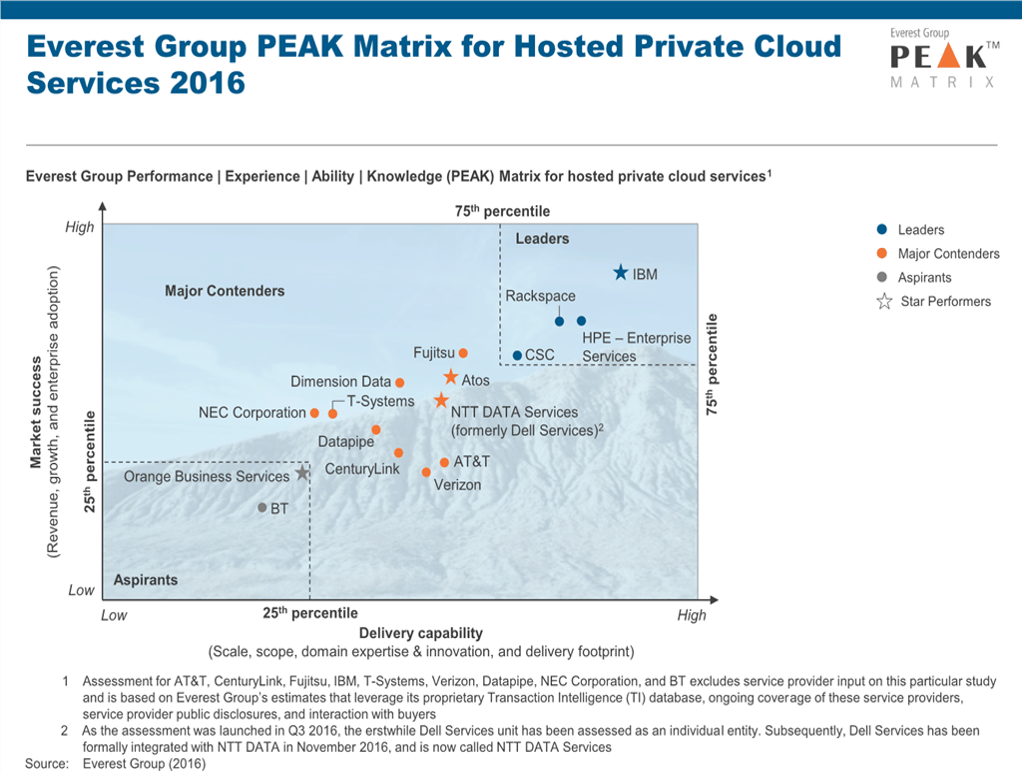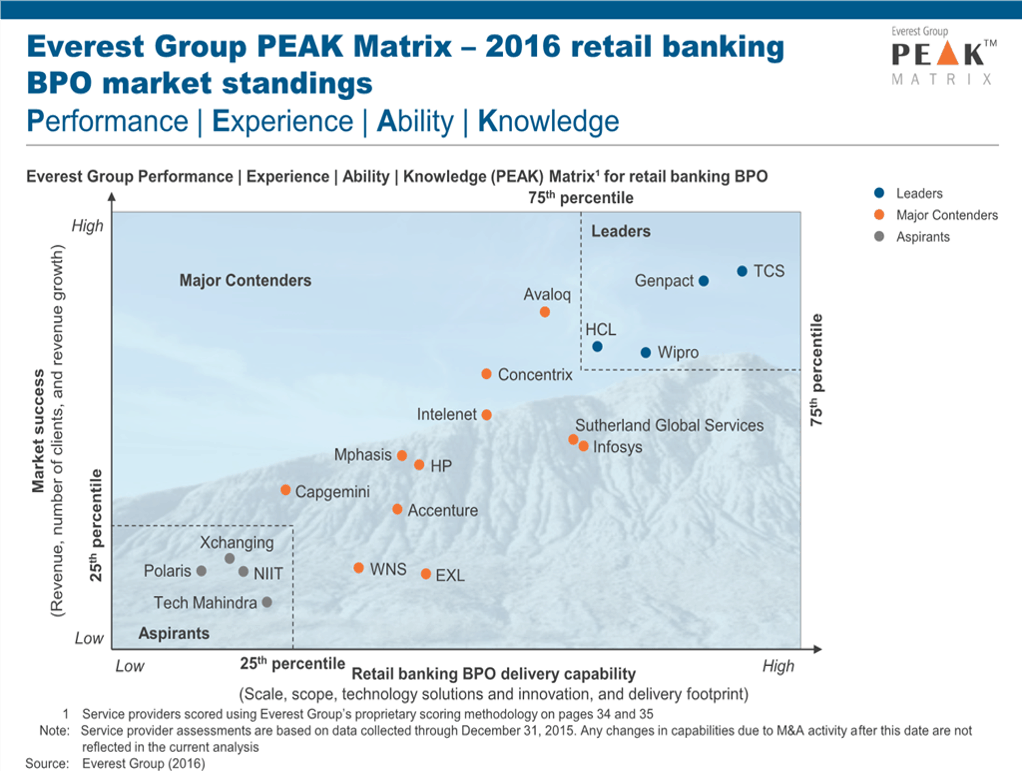Insurance IT Outsourcing Market Falls to Lowest Point Since 2011, but Demand for Digital Will Turn the Tide | Press Release
Market uncertainty reduced insurance ITO new deal activity by 30 percent in 2015, but demand for digital technologies is expected to increase by 15-20 percent going forward.
The number of new application outsourcing (AO) deals in the insurance sector have fallen precipitously for two straight years, with year-on-year losses of 14 percent and 30 percent in 2014 and 2015 respectively. The total contract value (TCV) of large deals fell in 2015 to $820 million, the lowest level since 2011, according to Everest Group, a consulting and research firm focused on strategic IT, business services and sourcing.
But the demand for digital will turn the tide. Everest Group predicts that demand for digital technologies will increase by 15-20 percent as insurers look to address the evolving customer needs for digital experiences, and this demand will reenergize a long-stagnated insurance ITO market.
“Over 90 percent of insurers agree that adoption of digital technologies is a priority as they seek to grow, optimize and defend their business,” said Jimit Arora, partner and leader of the IT Services research practice at Everest Group. “Digital technology is vital to understanding customer data, improving customer engagement and loyalty, and launching products and services faster than the competition. Unfortunately, 90 percent of insurers also cite significant restraints to digital adoption such as limited budgets, security concerns and a lack of organizational preparedness. The impetus to overcome these constraints will only become stronger as insurers face a ‘disrupt or be disrupted’ ultimatum in the marketplace.”
These findings and more are explored in Everest Group’s recently published report, “IT Outsourcing in Insurance – Annual Report 2016: Disrupt or be Disrupted.” The report analyzes the current market trends and their implications for application services outsourcing in the global insurance sector. Topics include industry challenges, key investment themes, market dynamics and the outlook for 2017.
*** Download Complimentary Abstract ***
Other key findings:
- In 2015, insurers increased overall offshoring for IT delivery to support their cost-containment efforts. Asia still continues to be the most cost-effective option for application outsourcing services delivery.
- North America continues to be the most dominant sourcing geography in terms of number of deals.
- Around 76 large AO insurance deals with TCV of US$9.29 billion are coming up for renewal (2016 to 2020).
- In 2015, 35 percent of new deals included digital services in their scope of work. Mobility and analytics are the most in-demand technologies, as clients look to adopt digital technologies to differentiate themselves and enhance distribution, product, and core insurance processes.
- Market uncertainty prompted insurers to adopt input-based pricing models for large AO deals in order to get flexibility in their IT spending.
